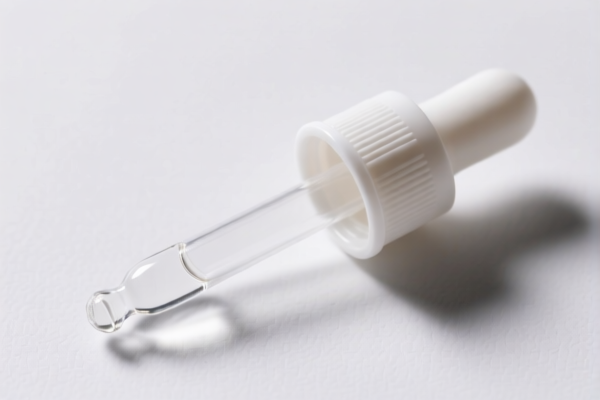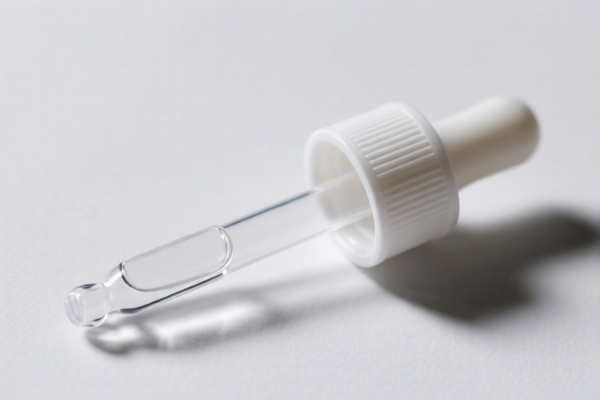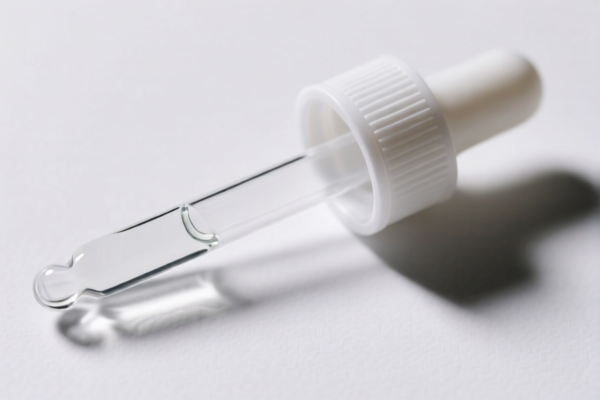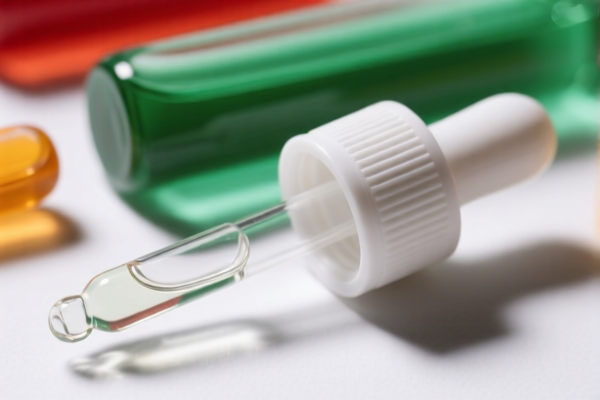| HS Code | Official Doc | Tariff Rate | Origin | Destination | Effective Date |
|---|---|---|---|---|---|
| 9616100000 | Doc | 37.5% | CN | US | 2025-05-12 |
| 9616200000 | Doc | 34.3% | CN | US | 2025-05-12 |
| 3825900100 | Doc | 55.0% | CN | US | 2025-05-12 |
| 3825690000 | Doc | 55.0% | CN | US | 2025-05-12 |




Dropper
A dropper, also known as a pipette or eye dropper, is a general laboratory apparatus used to transfer liquids in small amounts. It consists of a glass or plastic tube with a nozzle at one end and a rubber bulb or piston at the other.
Material:
- Glass: Traditionally made of glass, offering chemical resistance and clarity. Borosilicate glass is common due to its thermal stability.
- Plastic: Commonly polypropylene or polyethylene, providing shatter resistance and disposability. Often used for non-corrosive liquids.
- Rubber/Silicone: Used for the bulb or piston, providing flexibility and a tight seal.
Purpose:
- Precise liquid transfer: Delivering small, controlled volumes of liquids.
- Sampling: Collecting small samples of liquids for analysis.
- Dispensing: Adding liquids dropwise, particularly in titration or chemical reactions.
Function:
Droppers function based on creating a vacuum. Squeezing the bulb or depressing the piston draws liquid into the tube. Releasing the pressure forces the liquid out through the nozzle in controlled drops. The size of the drop is influenced by the nozzle's diameter and the dropper's design.
Usage Scenarios:
- Laboratory: Chemistry, biology, and medical laboratories for experiments, analyses, and reagent handling.
- Medical: Administering eye drops, nasal drops, or oral medications.
- Cosmetics: Dispensing small amounts of serums, oils, or liquid foundations.
- Food Industry: Adding flavorings, colorings, or extracts.
- DIY/Crafts: Precise application of glues, paints, or inks.
Common Types:
- Glass Droppers: Offer excellent chemical resistance and are reusable after cleaning. Typically used with reagent bottles.
- Plastic Droppers: Disposable, reducing the risk of contamination. Suitable for general-purpose use with non-corrosive liquids.
- Pasteur Pipettes: Glass tubes tapered to a point, used for transferring small volumes, often with a cotton plug for filtering. Primarily disposable.
- Serological Pipettes: Calibrated glass or plastic tubes with markings for accurate volume measurement. Used for precise liquid handling in biological applications. These often require a pipette pump.
- Transfer Pipettes: Simple glass or plastic tubes used for transferring a specific volume of liquid.
- Micro-Pipettes: Used for extremely small volumes (microliters), common in molecular biology and biochemistry. These require specialized pumps and are often adjustable.
- Bottled Droppers: Reagent bottles with an integrated dropper assembly for convenient dispensing.
Based on the provided information, “dropper” can be classified under the following HS codes:
-
9616100000: Scent sprayers and similar toilet sprayers, and mounts and heads therefor. This HS code covers scent sprayers and similar items, which could include droppers used for dispensing liquids like perfumes or essential oils.
- 96: Miscellaneous manufactured articles.
- 16: Articles of plastics or other materials.
- 10: Scent sprayers and similar toilet sprayers, and mounts and heads therefor.
- 00: Further specifies the classification.
- Tax Rate: Base tariff: 0.0%, Additional tariff: 7.5%, Post-April 2, 2025, additional tariff: 30.0%, Total tariff: 37.5%.
-
9616200000: Powder puffs and pads for the application of cosmetics or toilet preparations. While primarily for powders, this code could apply if the dropper is specifically designed for cosmetic or toilet preparations.
- 96: Miscellaneous manufactured articles.
- 16: Articles of plastics or other materials.
- 20: Powder puffs and pads for the application of cosmetics or toilet preparations.
- 00: Further specifies the classification.
- Tax Rate: Base tariff: 4.3%, Additional tariff: 0.0%, Post-April 2, 2025, additional tariff: 30.0%, Total tariff: 34.3%.
It is important to note that the final classification depends on the specific design and intended use of the dropper. If the dropper is used for purposes other than cosmetics or toilet preparations, other HS codes may be more appropriate.
Customer Reviews
No reviews yet.